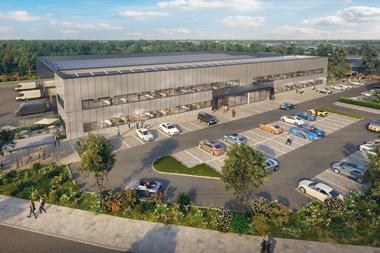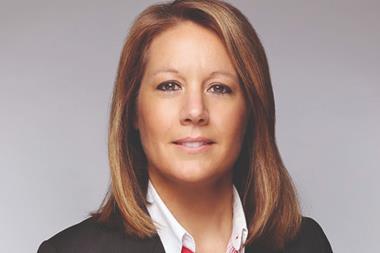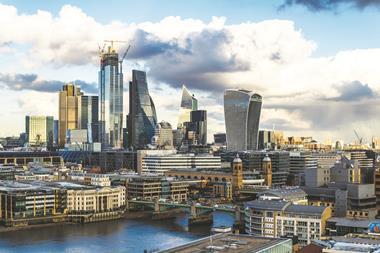Poor acoustics have long been considered a health hazard in offices, factories and hospitality venues. Excessive noise levels and intrusive reverberations are proven to increase the risk of serious health conditions such as heart disease, diabetes, heart attacks and strokes.

Working in a noisy environment can also affect people’s mental health and productivity. Half the participants in our UK workplace noise survey last year said their productivity had been negatively impacted, while 44% said they struggled to concentrate.
Now, in the wake of the Covid-19 pandemic, where voice projection in enclosed spaces has become a concern, one of the biggest challenges employers face is how to safely distance their employees from one another.
Navigating this problem without causing colleagues to have to raise their voices and risk potential transmission will become imperative in safely reintroducing staff to the workplace. Getting the acoustic environment just right is more important than ever.
It is clear that open-plan offices will need to change in the coming year. As people return to workplaces and shared spaces, they will need to be reassured that their health and wellbeing have been prioritised.
Social-distancing worries
A recent survey from the Trades Union Congress (TUC) reported that 39% of workers are concerned about not being able to socially distance from colleagues when back at work. Now that barriers have become synonymous with protection, it is probable that we will see a rise in cubicle-style offices, modular pods within open-plan spaces and screens partitioning desks.

This September, I took part in the RIBA Journal Health, Wellbeing & Building Design webinar and had the opportunity to present the latest thinking on this issue. From the event, it was clear that developers, building owners and employers are looking for ways to protect the people who spend time within their four walls. While offices are being reconfigured, there is a great opportunity for them to stop a hidden health crisis and ramp up productivity by focusing on acoustic design.
SonaSpray architectural acoustic finishes, for example, allow designers to create calm and inviting spaces that ensure working practices do not involve the need to shout to be heard. These acoustic systems allow complete flexibility with Cat A and B configuration and reconfiguration allowing for dividing structures such as office pods to be brought in without disrupting the acoustic spray finish on the ceiling above.
Property giant JLL recently unveiled new research highlighting the financial benefits of investment in sustainable office buildings, including rent premium, future risk mitigation and higher tenancy rates. In today’s office rental market, it is vital to add value and flexibility to a workspace to reduce vacancy rates in an increasingly competitive market. Efficient, people-centric spaces and future-proofed buildings are key to achieving this.
JLL UK head of sustainability Sophie Walker recently noted: “The opportunity to provide sustainability as the point of difference, and to appeal to forward-thinking occupiers, will really play out over the next decade.”
Excessive noise can have a serious effect on our physical and mental health. Getting the acoustics right as staff return to reconfigured workspaces makes sound business sense, while addressing one of the biggest wellbeing issues of the day.
Ben Hancock is managing director of Oscar Acoustics
































No comments yet